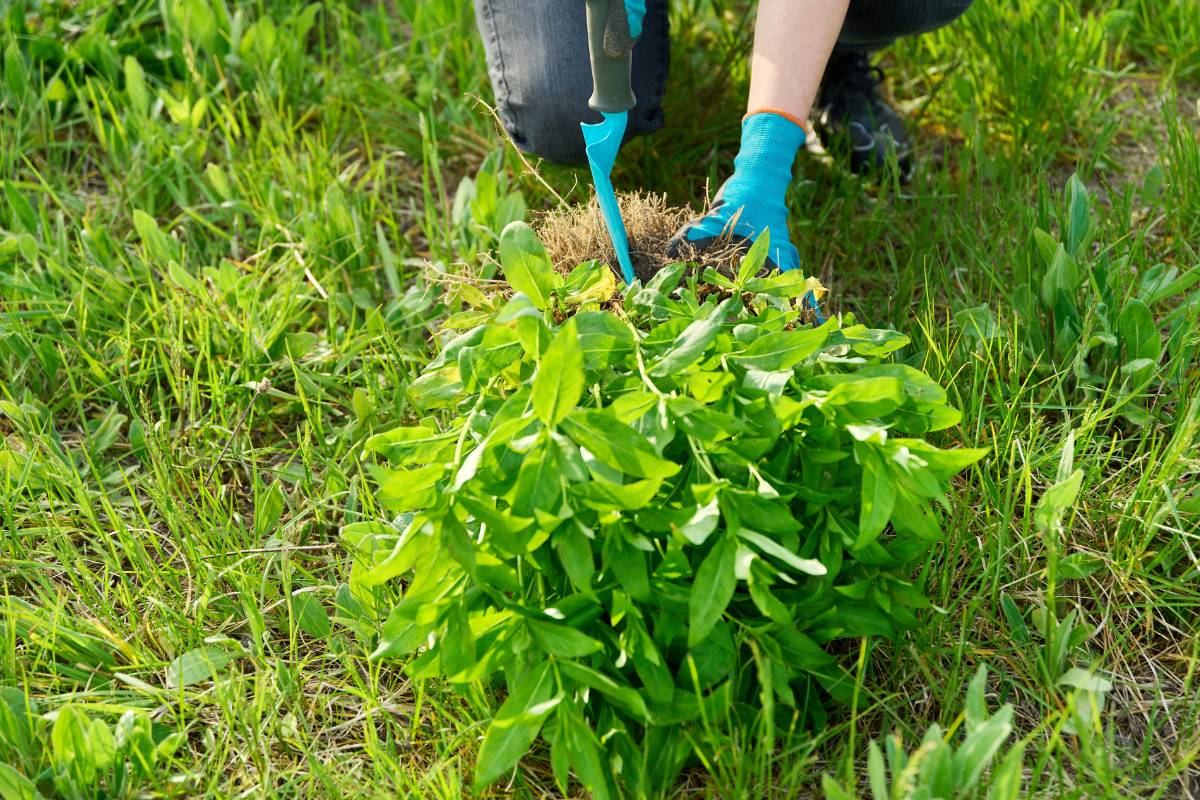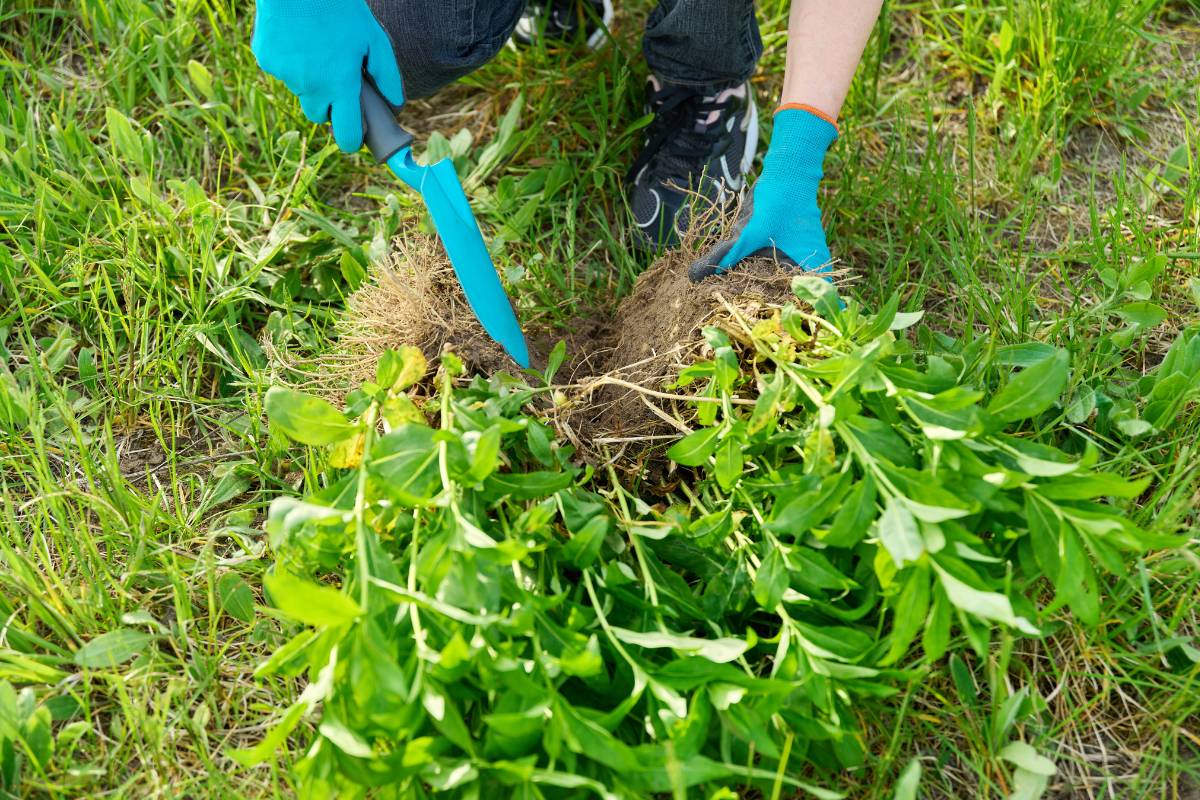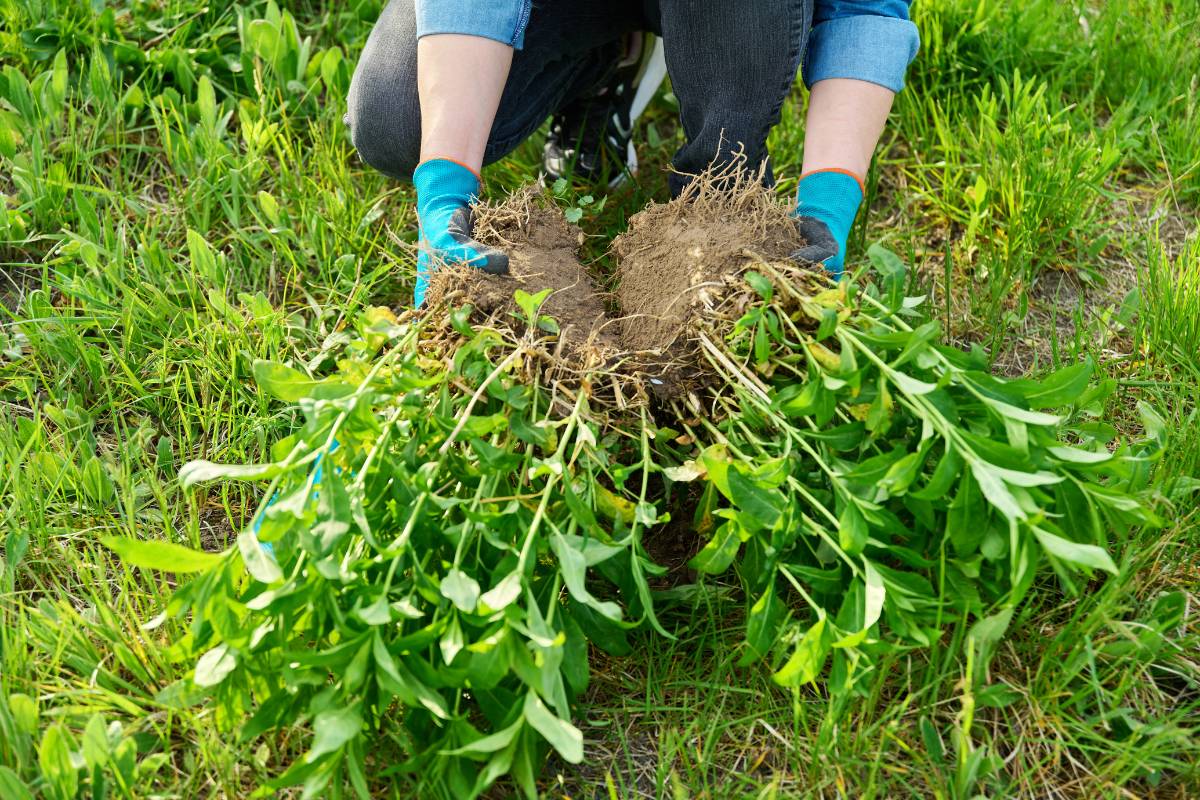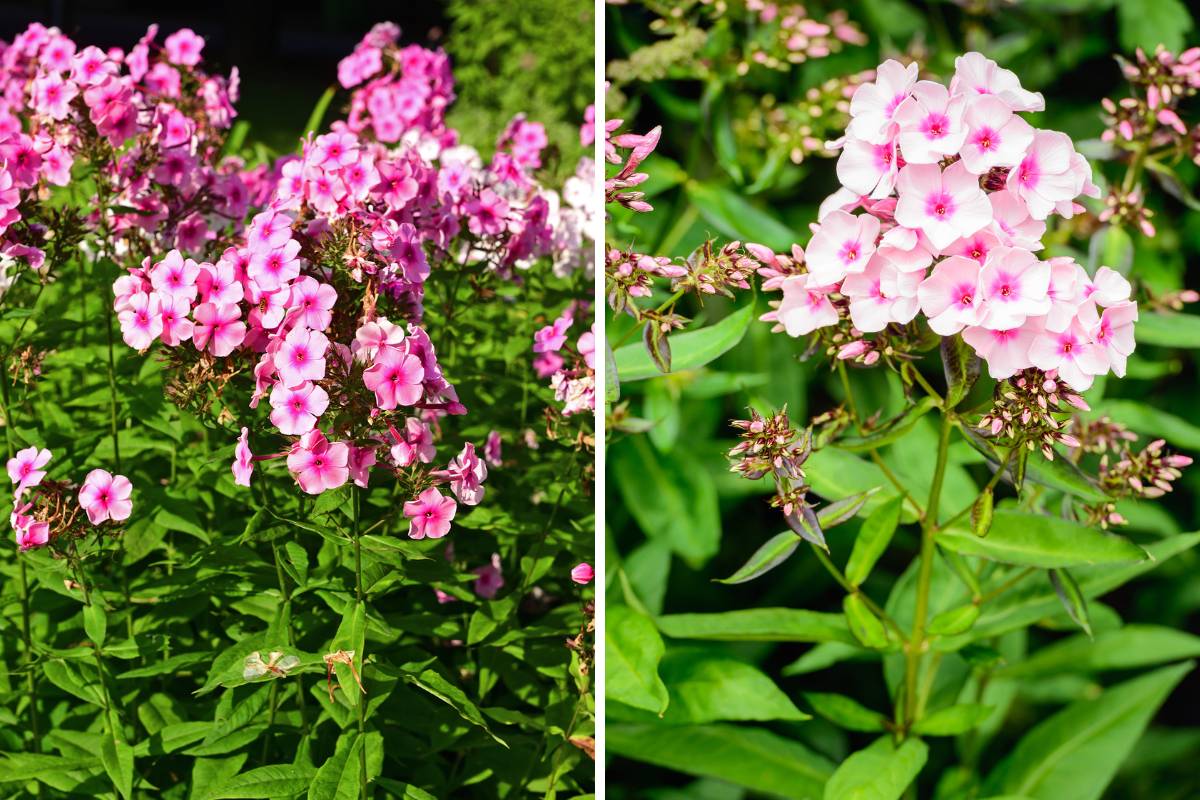Dividing perennial plants is an excellent way to revitalise older plants, promote healthier growth, and get new plants for free. Whether you're looking to expand your garden, fill in bare spots or improve the health of your plants, mastering the technique of dividing plants will help. Not only does it improve the health and vigour of your plants, but it also provides an opportunity to propagate and share your favourite plants with friends and family.
Read on to explore the benefits of dividing perennial plants and find tips on how to get good results from your efforts.
What is a Perennial?
It is common for people to get confused between annual and perennial plants. The difference is that annuals grow for one season while perennials live for at least two seasons, and often longer. Most trees and shrubs are classed as woody perennials, meaning that they have a woody trunk or stem. But there is a huge range of herbaceous perennials too; these are shrub-like plants with softer stems, many of which die down over winter, resprouting in spring with no effort from the gardener.
Perennials can be used to create a permanent framework for the garden. Many perennials are drought tolerant too, and they’re generally lower maintenance plants compared to annuals. Combining perennials with annuals, which are more colourful and may have a longer flowering time, can create year-round displays of flowers and greenery.
For the most part, herbaceous perennials require little care. But they can become crowded or leggy from time to time. That’s where division comes into play.
Why Divide Perennials?
As perennials grow they can become overcrowded. This, in turn, means they produce smaller flowers, they become more prone to pests and disease, and they may need support for their stems. When this happens, your plants are saying, ‘Break it up!; So doing helps the health of the entire garden. Benefits of division include:
- Giving roots more space
- Reducing competition for nutrients and water
- Managing the size of plants
- Stimulating new growth
- Increasing light and air flow around plants
- Reducing pest and disease risks
Another major benefit of division is the production of new plants. Division is a good way to populate your garden with new plants at no cost except for a little time and effort.
Which Perennials to Divide
The vast majority of herbaceous perennial plants will benefit from division every few years. Strappy, clump-forming plants such as lomandra, dianella and agapanthus can be divided when the clumps become large and overcrowded. Others that can benefit from division include:
- Aquilegia
- Carnation and dianthus
- Chrysanthemum
- Delphinium
- Hyssop
- Mint
- Ornamental grasses
- Phlox (perennial varieties)
- Pincushion flower
- Salvia
- Tussock bellflower
- Verbena
Root Disturbance and Dividing Perennials
While most herbaceous perennials will benefit from being divided, some perennials are fussy. They don’t like being divided and may go into shock. Examples include oriental poppies, butterfly weed, bleeding hearts, columbines and baby’s breath.
How to Divide Herbaceous Perennials
Timing
On average, perennials need division after 3 to 5 years or when they become crowded, overgrown, too large for their position, or when flower size or numbers have reduced. Plants that have suffered leaf damage from heat stress, sunburn or pests and diseases can also be divided to ‘start over’ with new foliage.
Autumn is generally the best time of year to divide plants, once plants have flowered and the risk of heat stress has passed. That said, any autumn-flowering plants can be divided in early spring, and if you miss the autumn window, most other perennials can be divided then too. New growth is just coming on, so it can be easier to see shoots, though plants may not have the benefit of time to establish before warmer temperatures spur them into flowering.
Never divide perennials on hot, sunny days, or when there are strong winds. Mild weather conditions that won’t dry out roots while they’re exposed are ideal. Wait until it’s cloudy or on days with light, nourishing rain.
Think Ahead
Prepare the area where you plan to put the plants before you divide. This may be back in their original position, in a new spot in the garden, or in pots. That way, you can move them swiftly into place without them drying out.
How to Do It
This is not a process to be rushed. Give yourself time so you treat the plants gently.
- The stems of all but strappy-leaved perennials can be pruned back by at least a third. Plants that die back entirely in winter can be pruned to the ground before being divided. This is an optional step but it can make the plants easier to work with and also reduce transplant shock, as it reduces the leaf area of the plant.
- Dig gently around the plant, just outside the leaf canopy. Then lift the plant out of the ground with a fork, taking care to damage as few roots as possible. Lift the whole plant and loosen the dirt on the roots so you can inspect the root ball.
- Divide the root ball by pulling the roots apart by hand or, more commonly, by using a sharp tool. Many gardeners have individual preferences for the tool they use, some taking their time with a trowel, secateurs or a knife, others taking a coarser approach with a spade or pruning saw. Whichever approach you take, make sure that the tool is clean and sharp so you make a neat cut.
- Make sure each divided plant has a healthy quantity of roots attached and a few shoots or growing points.
- If you are not replanting immediately, cover the roots with hessian or similar material and keep plants in a shady location where they can maintain moisture. If plants have been out of the ground for more than a couple of hours before replanting, soak them in a bucket of water for one hour to ensure roots are hydrated.
- Add a generous quantity of compost to the soil before replanting. If you removed a wheelbarrow full of soil and roots, the soil will need a wheelbarrow full of compost dug in. This will both fill in the hole left from lifting the plants and replenish nutrients so the replanted perennials can regrow strongly.
- Plants should be replanted at the same depth at which they were growing, in a wide hole. Gently spread out the roots so they don’t compete with each other and cover the roots with soil, pressing it to remove air pockets.
- Once the plants are in the soil, water them daily for two weeks, slowly decreasing the frequency to just once a week until plants are fully established and show signs of new growth.
- Mulching the soil will help retain water and deter weeds, which can often germinate in the disturbed soil. You don’t need a mound, just an even layer 5cm to 7cm thick.
How far apart you replant depends on the size of the plant. Follow recommended spacing or use these ‘rule of thumb’ measurements:
- Small (under 60cm mature height): 20-30cm
- Medium: (60-90cm height): 30-50cm
- Large (over 90cm height): 60-100cm
Mastering the art of dividing perennials can not only improve the health and vigour of your plants but also provides an opportunity to propagate and share your favourite plants with others. Your neighbours and friends, not to mention your plants, will thank you!









